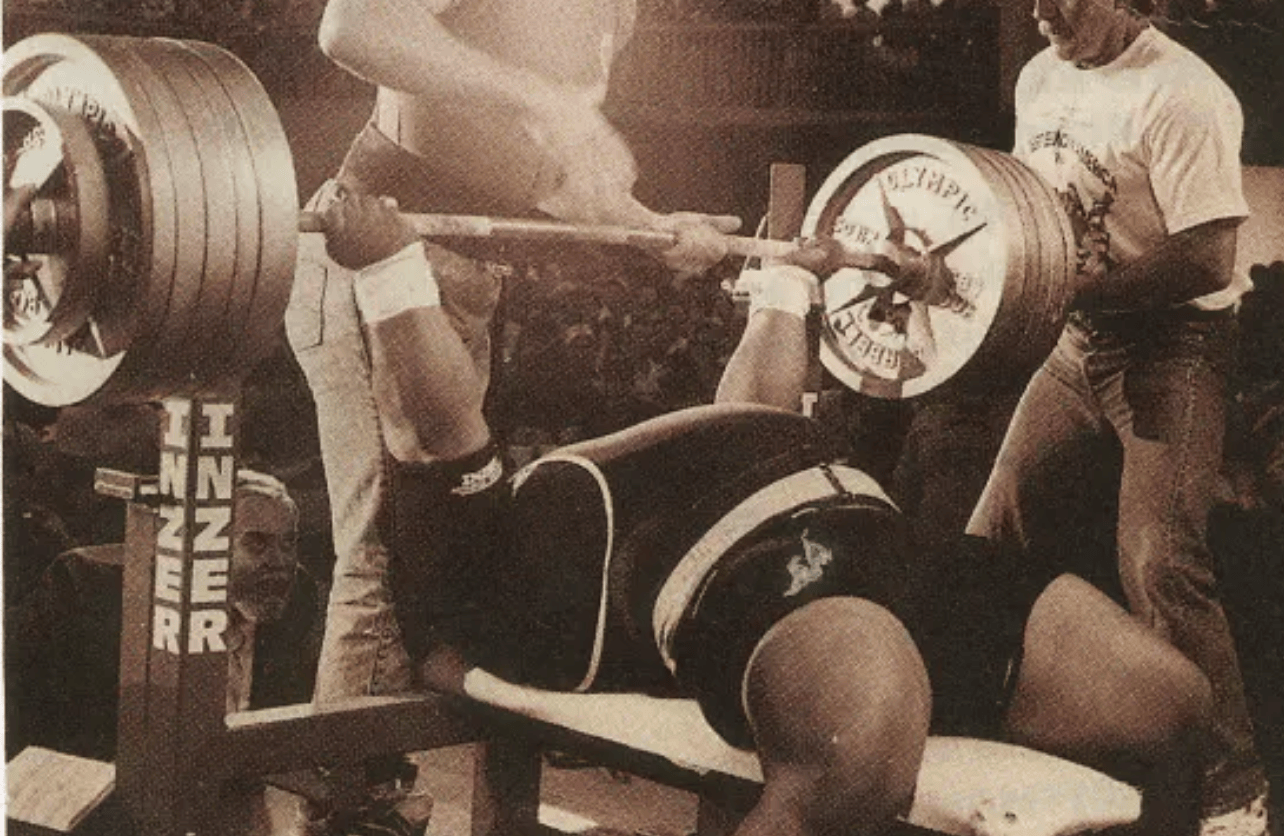Why the Reverse Grip Bench Press Is Worth Considering

If your bench press has plateaued, your shoulders ache after workouts, or you feel your chest and triceps just aren’t getting the stimulation they deserve, the reverse grip bench press might be exactly what you need. Despite its impressive benefits, this old-school pressing variation remains oddly overlooked in modern gyms, often considered risky or unconventional. Yet, when you look closer, its advantages are undeniable, both in terms of muscle growth and injury prevention.
Let’s dive into the specifics, unpack the myths, and reveal exactly why you should seriously consider integrating the reverse grip bench press into your routine.
The Surprising Muscle-Building Benefits
Superior Triceps Activation
One of the greatest strengths of the reverse grip bench press is how effectively it targets the triceps. Unlike a conventional or even close-grip bench press, the underhand position naturally keeps your elbows tucked tight against your torso. Because of this inherent elbow positioning, you physically can’t flare your elbows outwards during the lift, forcing the triceps to perform most of the work.
While the close-grip bench is commonly praised for building impressive triceps, it still allows some degree of elbow flare as fatigue sets in. In contrast, reverse grip benching provides a stricter, straight-up-and-down motion path, placing constant tension on your triceps through every rep, maximizing their development.
Upper Chest Emphasis
Perhaps surprisingly, the reverse grip bench press also delivers remarkable upper chest stimulation. Because the bar touches lower on your chest—usually at or below the nipple line—the arm path moves from a lower to higher angle as you press upward. This unique movement closely mirrors the action of exercises like low-to-high cable flyes, proven to target upper chest fibers.
Some EMG research has even found approximately 30% greater activation in the upper chest fibers during reverse grip bench pressing compared to the conventional flat bench. In fact, it can rival incline bench pressing in terms of targeted upper chest growth, making it a compelling alternative for those whose shoulders don’t tolerate incline movements well.
Solving Shoulder Pain and Injury Issues
For lifters suffering from chronic shoulder pain or nagging discomfort, the reverse grip bench press might be the most important pressing variation you ever try. Conventional bench pressing typically involves significant internal rotation at the shoulder joint, often leading to impingement and discomfort, particularly for lifters with pre-existing shoulder issues.
The reverse grip press entirely flips this issue. By rotating your grip underhand, your shoulders are externally rotated rather than internally rotated, placing them in a healthier, more natural alignment. This positioning can drastically reduce or even completely eliminate the shoulder pain many lifters experience with standard benching.
There are plenty of real-world examples to back this up. Athletes who’ve had to abandon regular bench pressing due to severe shoulder discomfort often find relief and renewed strength gains after switching exclusively to the reverse grip. Lifters like Anthony Clark and modern powerlifting legends frequently utilized reverse grip pressing, proving it can be both safe and incredibly effective even under massive loads.
Addressing Common Concerns and Misconceptions
Wrist Discomfort and Safety
One legitimate concern with the reverse grip bench press is wrist discomfort. The unnatural-seeming wrist position can initially feel awkward or uncomfortable. But this doesn’t mean the exercise itself is inherently harmful—far from it. Lifters often find their wrists adapt quickly with consistent use, especially if they start with lighter loads.
For those who still find it uncomfortable, a slight tweak known as the “talon grip” offers a simple yet effective solution. By positioning the bar between your index and middle finger (like holding a javelin or making a “V” with your hand), the bar naturally rests across your palm at a more comfortable angle. World-class equipped benchers like Jimmy Kolb regularly use this method, proving its effectiveness at massive weights. In other words, wrist discomfort is entirely manageable and shouldn’t discourage you from exploring this lift.
Safety and Practicality
Dropping the bar is another common fear. It’s true: the reverse grip bench positions the bar directly over your face at lockout. Therefore, safety precautions like spotters or benching within a power rack with safety pins set appropriately are highly recommended. If these aren’t available, Smith machines or dumbbells provide safer but equally effective alternatives, allowing you to benefit from reverse grip pressing without unnecessary risks.
How to Effectively Integrate the Reverse Grip Bench Press
Start Slow and Light: Begin with lighter weights to familiarize your wrists and shoulders with the new movement pattern. Over several weeks, gradually increase weight as comfort and confidence grow.
Use Varied Setups: Experiment with barbell, dumbbells, Smith machine, or floor presses. Each has unique benefits, allowing you to find what suits your body best.
Rotate with Other Presses: Rather than replacing traditional pressing entirely, integrate reverse grip presses into your existing routine, alternating with standard benching for balanced development and injury prevention.
Practice Controlled Repetitions: Focus on controlled lowering, pausing briefly at the chest, and pressing smoothly without bouncing. This maintains good form, maximizes muscle engagement, and reduces injury risk.
Final Thoughts: An Overlooked Lift Worth Rediscovering
The reverse grip bench press isn’t just an interesting alternative—it’s a powerhouse exercise with genuine potential to revolutionize your pressing strength, muscular development, and joint health. Whether you’re chasing bigger arms, fuller upper pecs, or finally addressing that persistent shoulder discomfort, this lift has something valuable to offer.
Don’t dismiss it due to misconceptions or fears. Instead, approach the reverse grip bench press with an open mind, sensible progressions, and proper safety measures. The results might just exceed your expectations, finally breaking your bench plateau and unlocking strength and muscle gains you never thought possible.
Trustworthy Insights for You
With years of combined expertise in online publishing, OvertimeReviews embodies the lessons learned from SEO strategies to paid advertising experiences. We've navigated the highs and lows, and our goal remains clear: to equip readers with comprehensive information they can trust.
